Technology for wireless charger has evolved at an interesting edge and has a very promising future. More than just cell phones and charging stations involved. But today, we’ll delve even further into these historical periods to learn more about the origins of wireless charging technology as well as what the upcoming year, decade, and century may bring for this invention.
Wireless charging has been around for more than 100 years, with comparatively huge gaps between discoveries, developments, and useful applications. In this blog, we have summarized the important events surrounding the invention and development of wireless charging technology in the following timeline.
At least since 1831, the notion that energy, power, or electricity might transfer between points has existed. Michael Faraday was at the forefront of research at the time, showing that magnetic induction used in wireless charger happens when two coils of wire placed close to one another and an oscillating electrical current is present. But since Faraday’s technique required large magnets to work, this wasn’t exactly a realistic option.
Then arrived Nikola Tesla, arguably one of humanity’s greatest geniuses. The fact that so many electric cars bear his name undoubtedly due to the idolization he receives from technological enthusiasts. On July 10, 1856, in the era’s Austro-Hungarian Empire, Tesla was born. By 1884, Tesla had relocated to New York in order to collaborate with Thomas Edison. Then, he realized his dream of using the force of Niagara Falls to generate electricity. However, the two would soon start to disagree, with Tesla advocating the general adoption of Edison’s direct current electrical standard over the AC (alternating) one.
In flowing years
Steadily, Tesla would start to establish himself as a leading innovator, developing everything from early radio systems to the Tesla coil, which is still an essential part of contemporary wireless charging devices (especially wireless charger). With the coil in his possession, Tesla began formulating his next invention: a method of transferring electrical current—and ultimately, power—without the use of cables.
Unfortunately, the Tesla coil was only capable of transferring energy over limited distances. The inventor was able to power lightbulbs without wires in a series of tests, according to lab documents left behind by him. Because of a lack of financing, it was never finished. Tesla began building his Wardenclyffe laboratory, complete with its now-famous transmitting tower, between 1901 and 1905 in order to advance these experiments.
World War II and Beyond
Tesla never finished his testing cycles, but he did pave the way for a time when wireless charging would become a reality. Although much later, H. V. Noble conducted the following wireless energy generation experiments in the early 1930s, which displayed later at the Chicago World’s Fair in 1933–1934. By the end of World War II, scientists all across the world had started to consider microwaves as a source of wireless energy, which required to power radar equipment. Through the 1950s and into the 1970s, this technology advanced steadily, thanks in large part to the efforts of William C. Brown, the U.S. Department of Energy, NASA, and the Raytheon firm.
Wireless Charging Technology – Tomorrow and today
It’s quite fascinating to think about wireless charging in the present and future. Additionally, it goes much beyond electric toothbrushes. It’s encouraging that brands like QROV are entering the wireless car charger market.
In a world of rushing and busy schedules, mobile phones are the most important thing for daily tasks. From navigation to communication, mobile phones are the medium. And to go smoothly with this medium, we need phones to charge up all the time. The best time to charge your phone is while driving, but a dashboard with tangled wires and searching for the exact port wire is equally inconvenient.
With all the above scenarios, the most convenient solution is a car charger phone mount.
Car wireless chargers are a boon to wireless technology as they solve an array of phone charging problems.
With a wireless car charger, all you need to do is mount your phone on the mount and the rest will follow.
There are wireless chargers available with different charging watts, but 15 watts is considered an ideal choice. Every new generation of smartphones, from iPhone to Samsung, is designed to be compatible with wireless chargers.
Brands like QROV are one of the most extraordinarily featured wireless car charger with 360-degree rotation and strong magnets. The QROV max is also the only wireless charger with auto coil detection and comes with a mobile phone app.
Wireless car charger are one of the most convenient and currently used devices working on wireless technology (inductive charging).
The Future Is Limitless
Naturally, there are still a lot of futuristic ideas for wireless charging. Car charger phone mount in cars are the most common, but wireless technology is not limited to phone chargers. Innovation is leading to the implementation of EV wireless charging and wireless charging stations to recharge our batteries.
Conclusion
We couldn’t have imagined cordless communication decades ago, but now it’s not a miracle to dial a number for communication. Similarly, innovation in wireless technology in various sectors is just a welcoming step to the future of wireless technology.

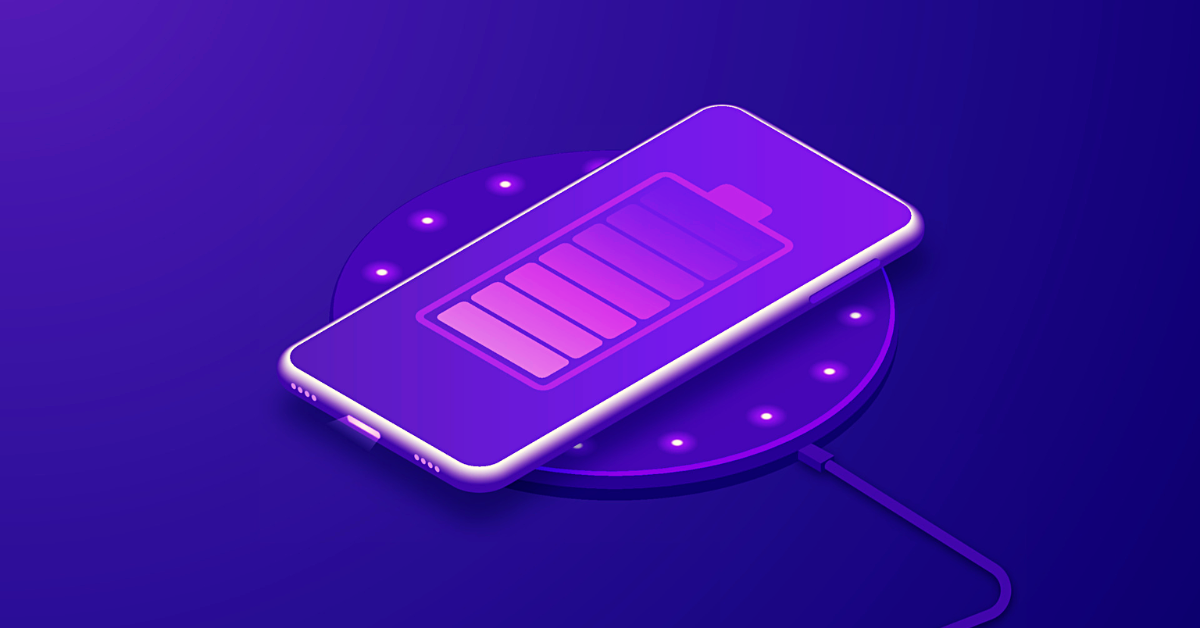
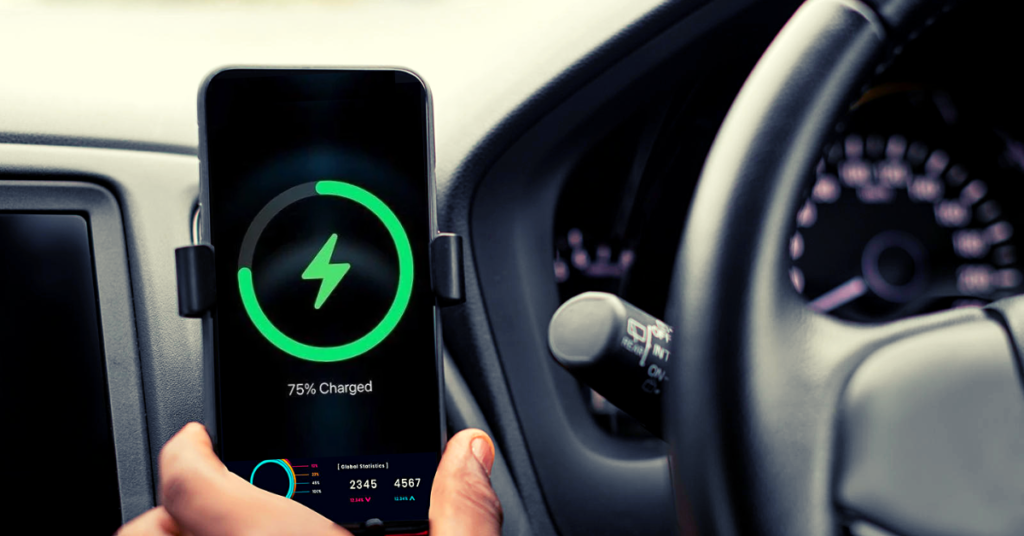
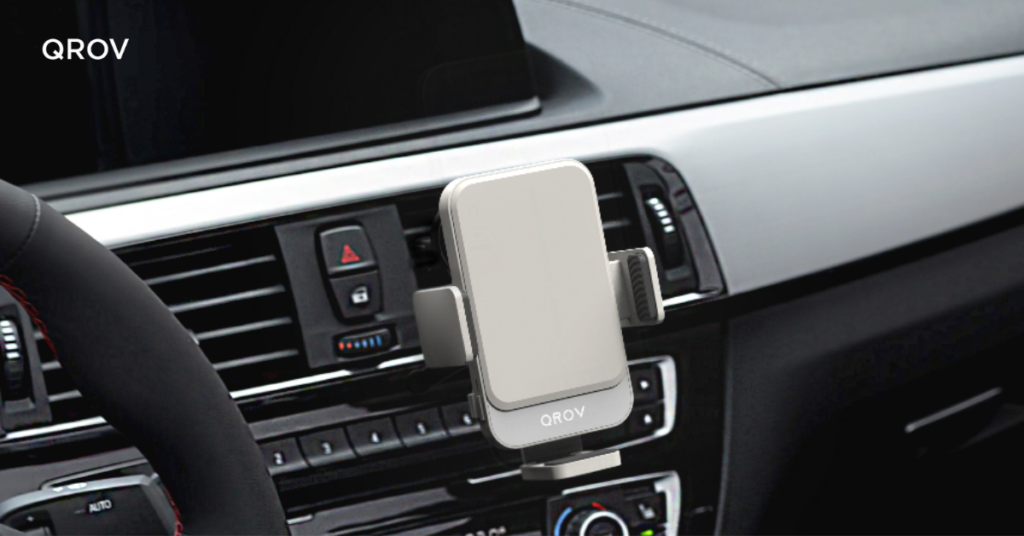
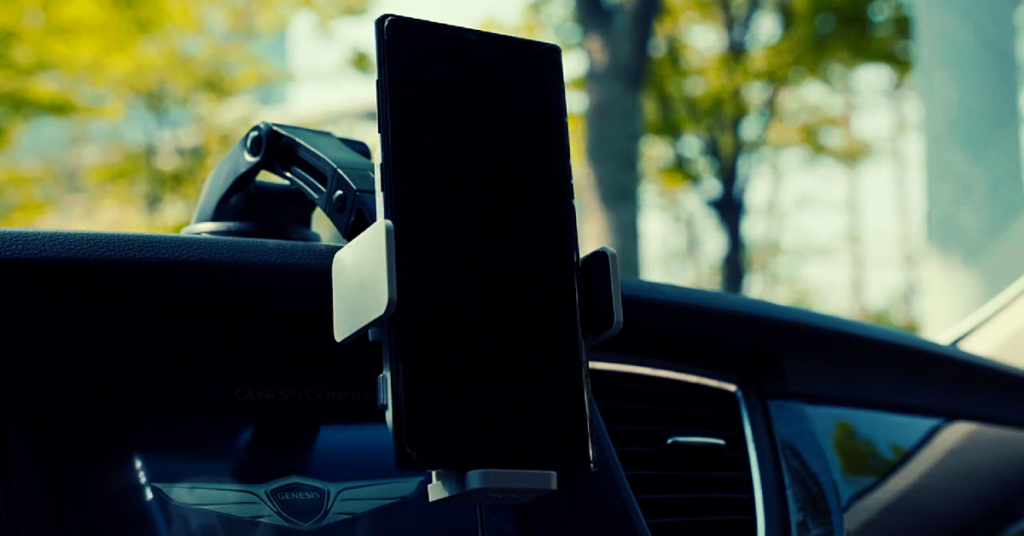
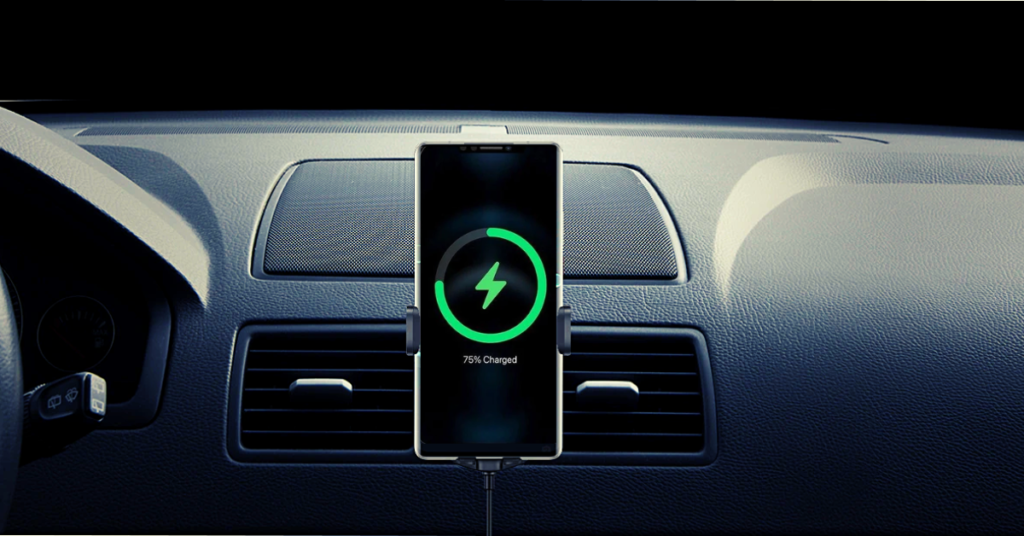
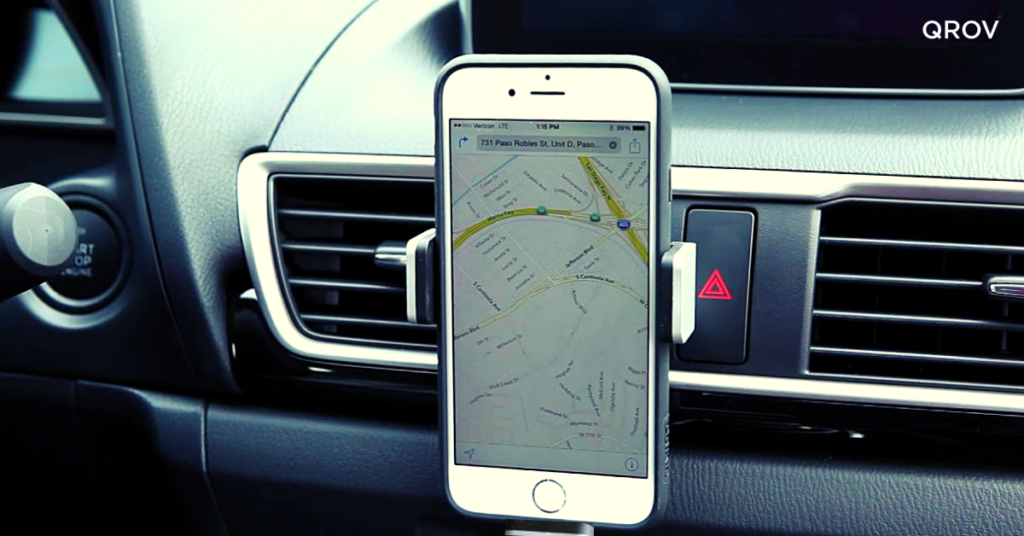

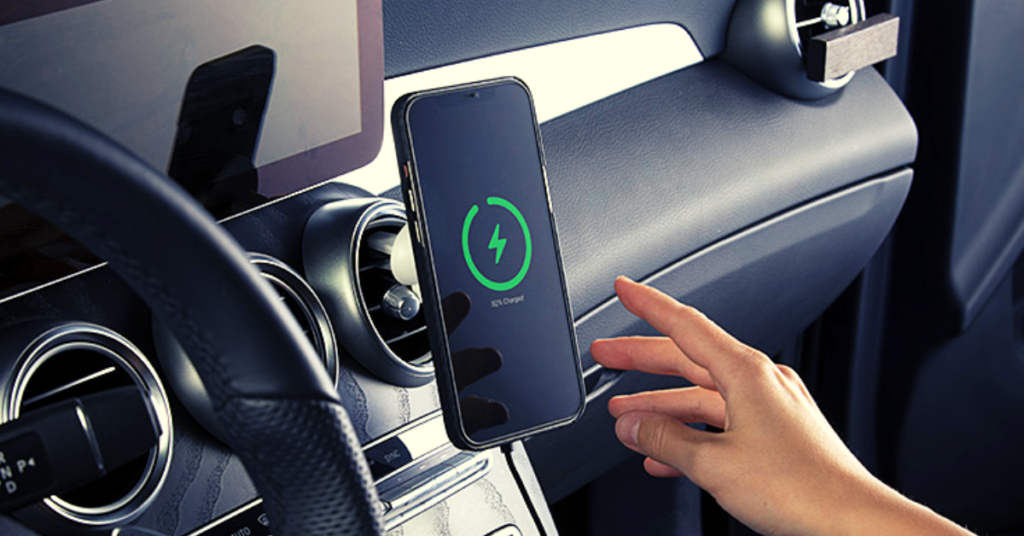
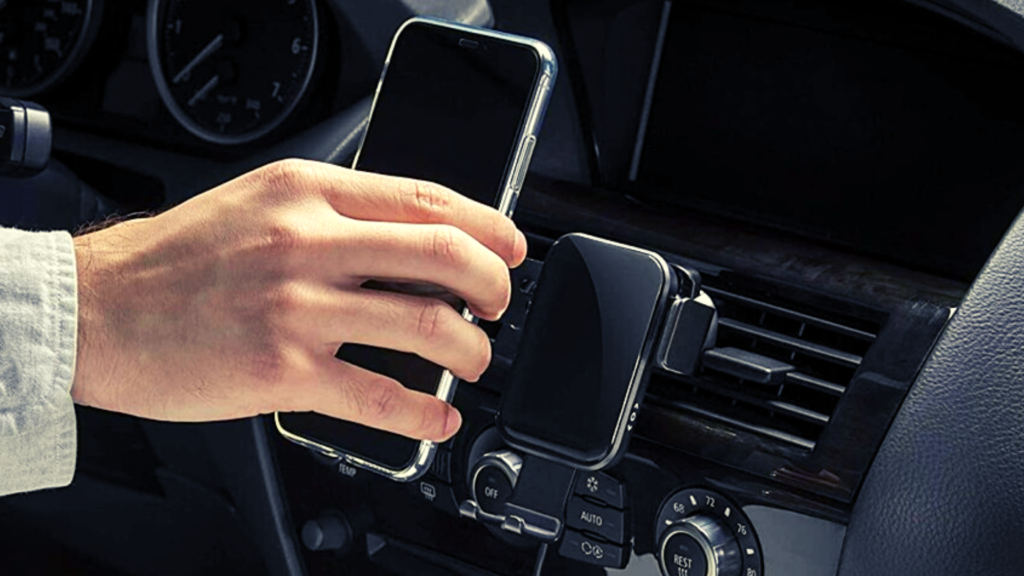
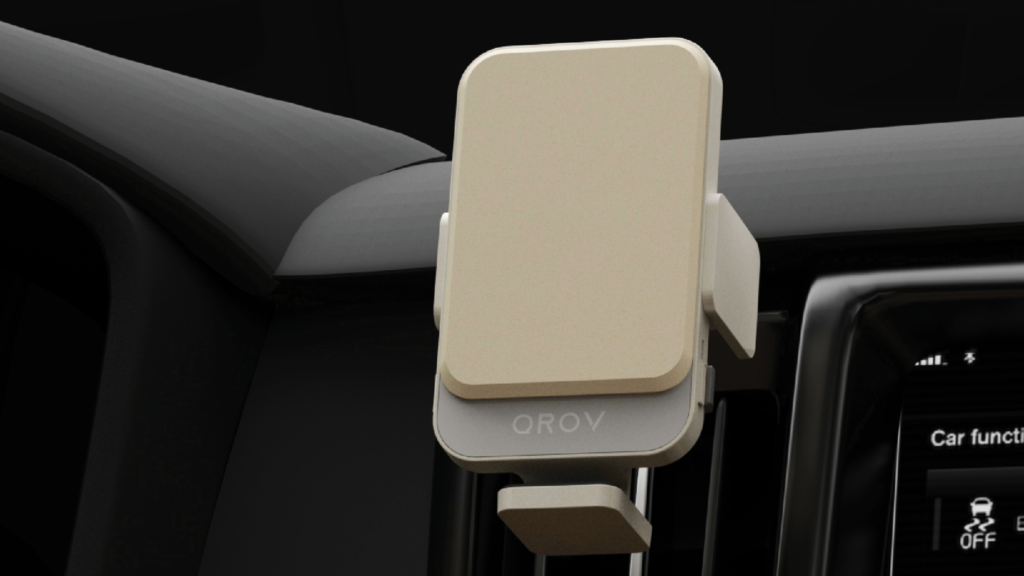
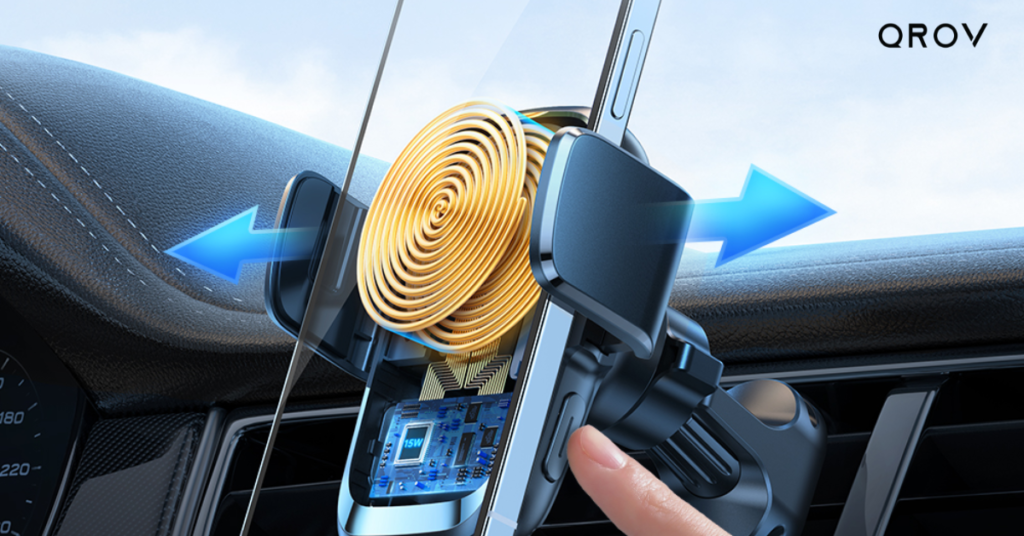
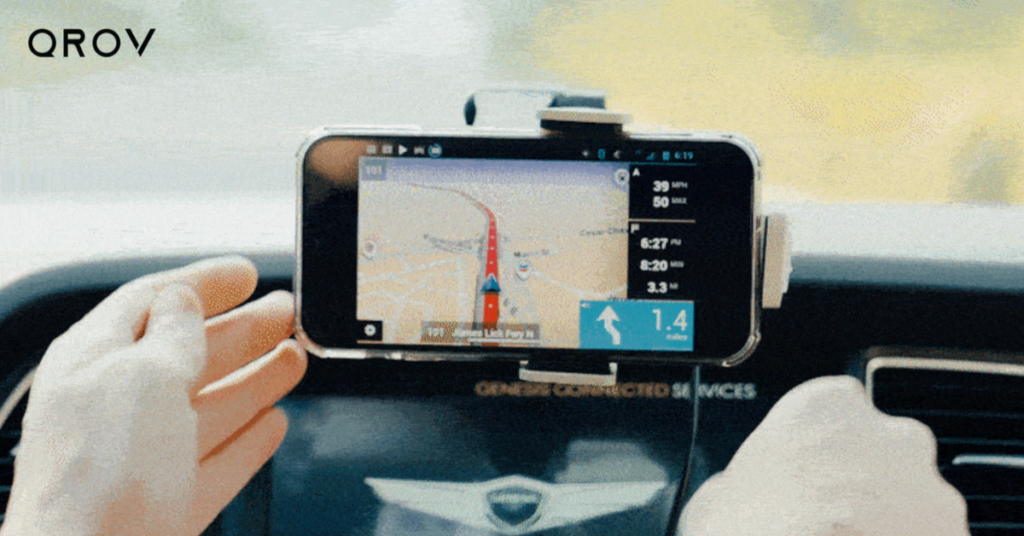

One thought on “Evolution In Wireless Charger And Current Scenario!”
Comments are closed.